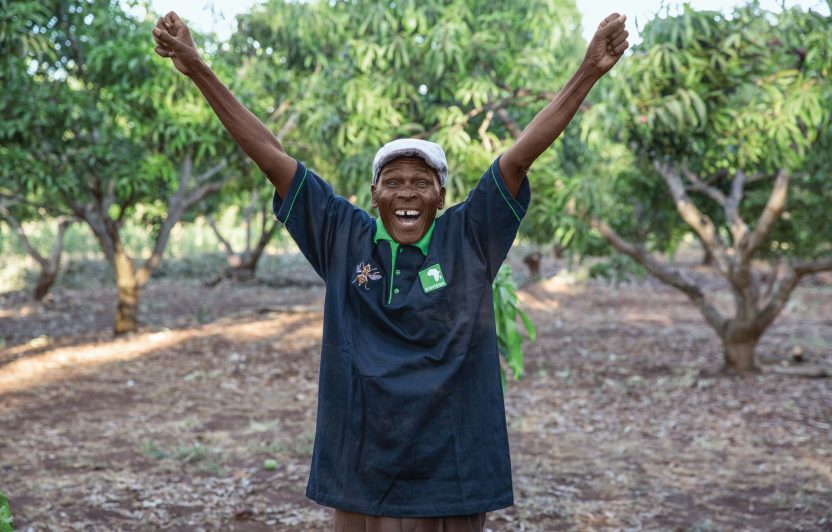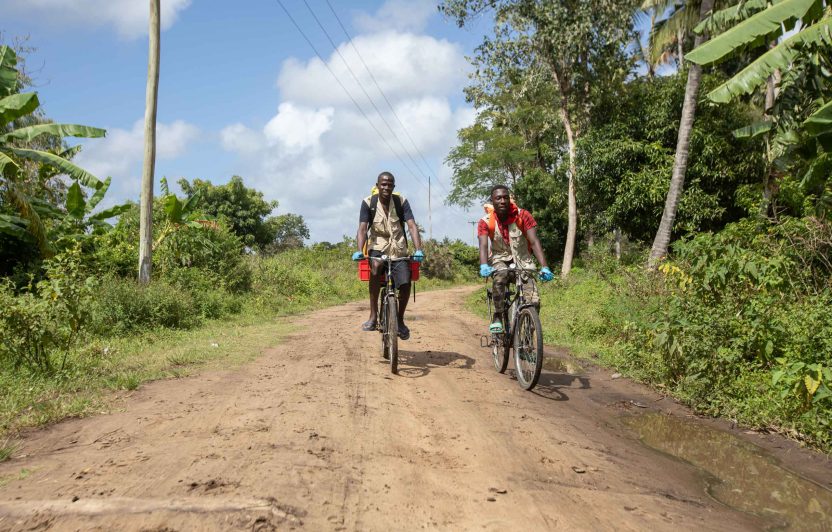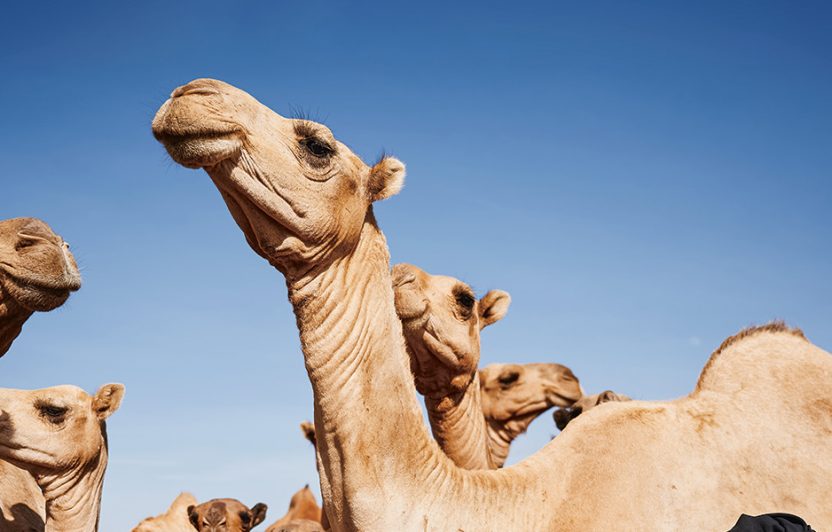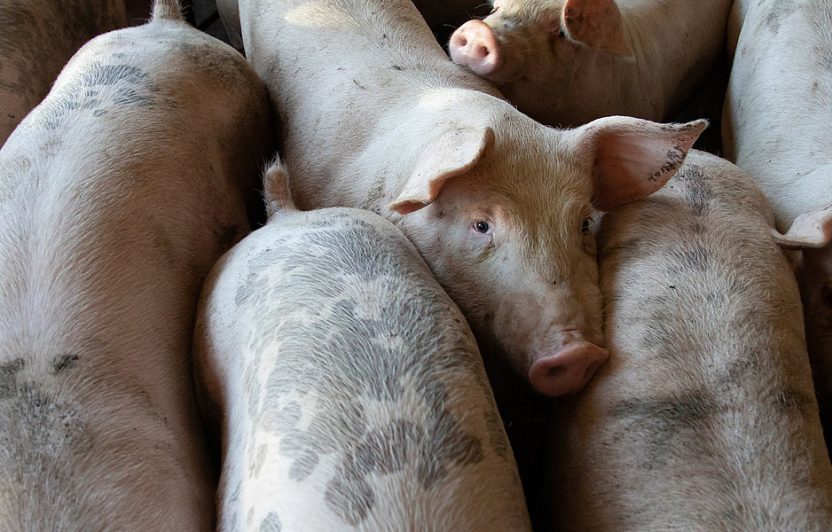When the herders bring their animals from the vast grazing lands to the waterhole at Kula Mawe in Isiolo County, Ali Hakano is already there. The 35-year old has considerable experience and knowledge of cattle. He casts a practised eye over individual animals and talks to the herders. If he sees signs of sickness or injury he investigates further, examining the animals and treating them wherever possible. He then takes his smartphone out of his pocket, takes photos and enters the data onto an electronic questionnaire stored on his mobile. He immediately sends this information to a vet at the County Veterinary Service. The vet, based in Isiolo, uses the data and photos to make a remote diagnosis and if necessary to give Ali instruction on how to treat the animal.
Animal Disease Reporters
Ali Hakano is one of 18 Community Disease Reporters (CDR) in Isiolo County in North East Kenya. These animal disease reporters, who work on a voluntary basis, have been trained as part of the community project “Camels for drought regions” run by Biovision and Vétérinaires sans Frontières Suisse (VSF).The aim of this campaign is partly to give the veterinary authorities a better overview of the incidence of animal diseases and partly to equip herders in the isolated areas of Isiolo County with a sound knowledge of animal diseases and modern treatment options.
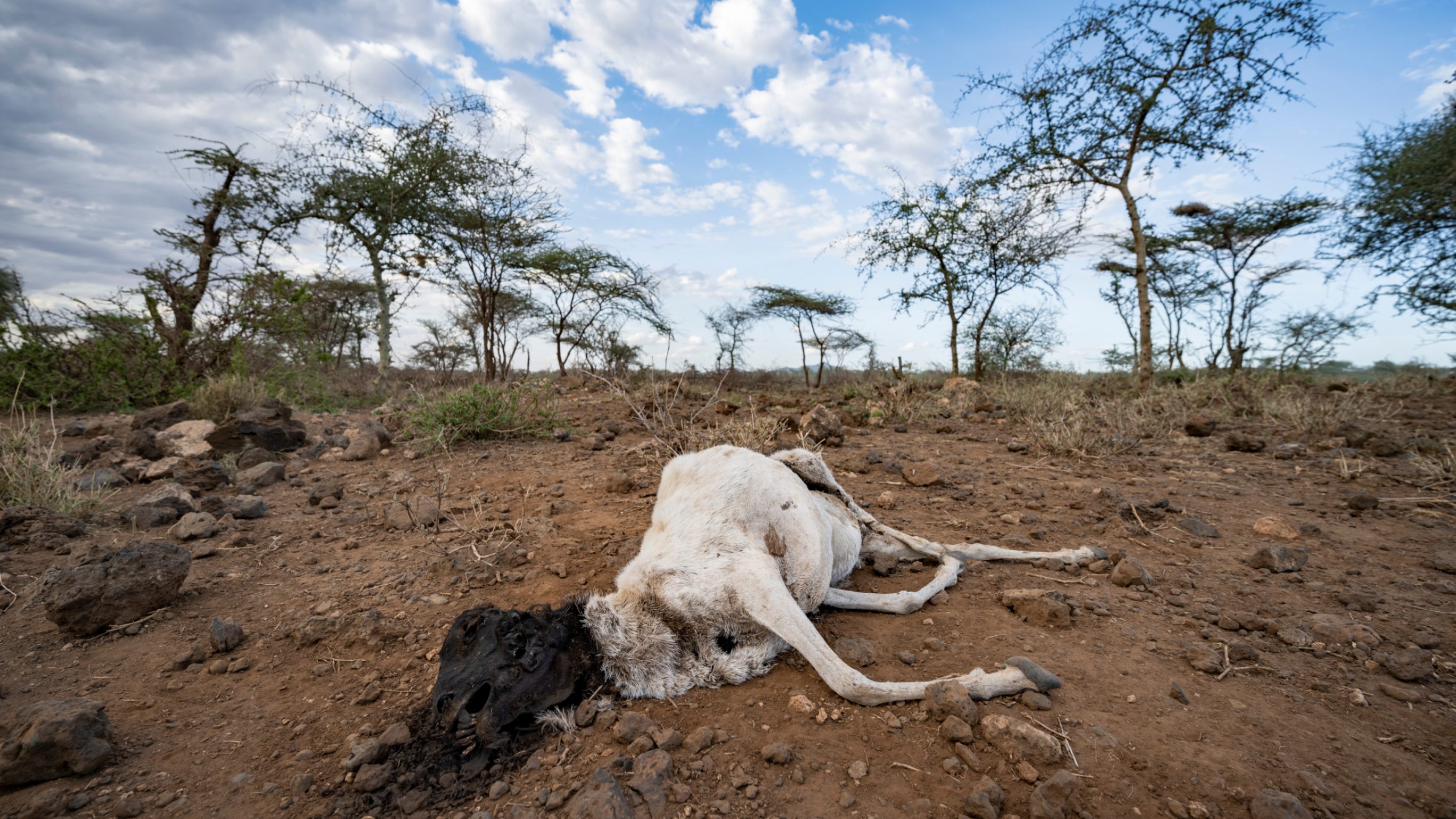

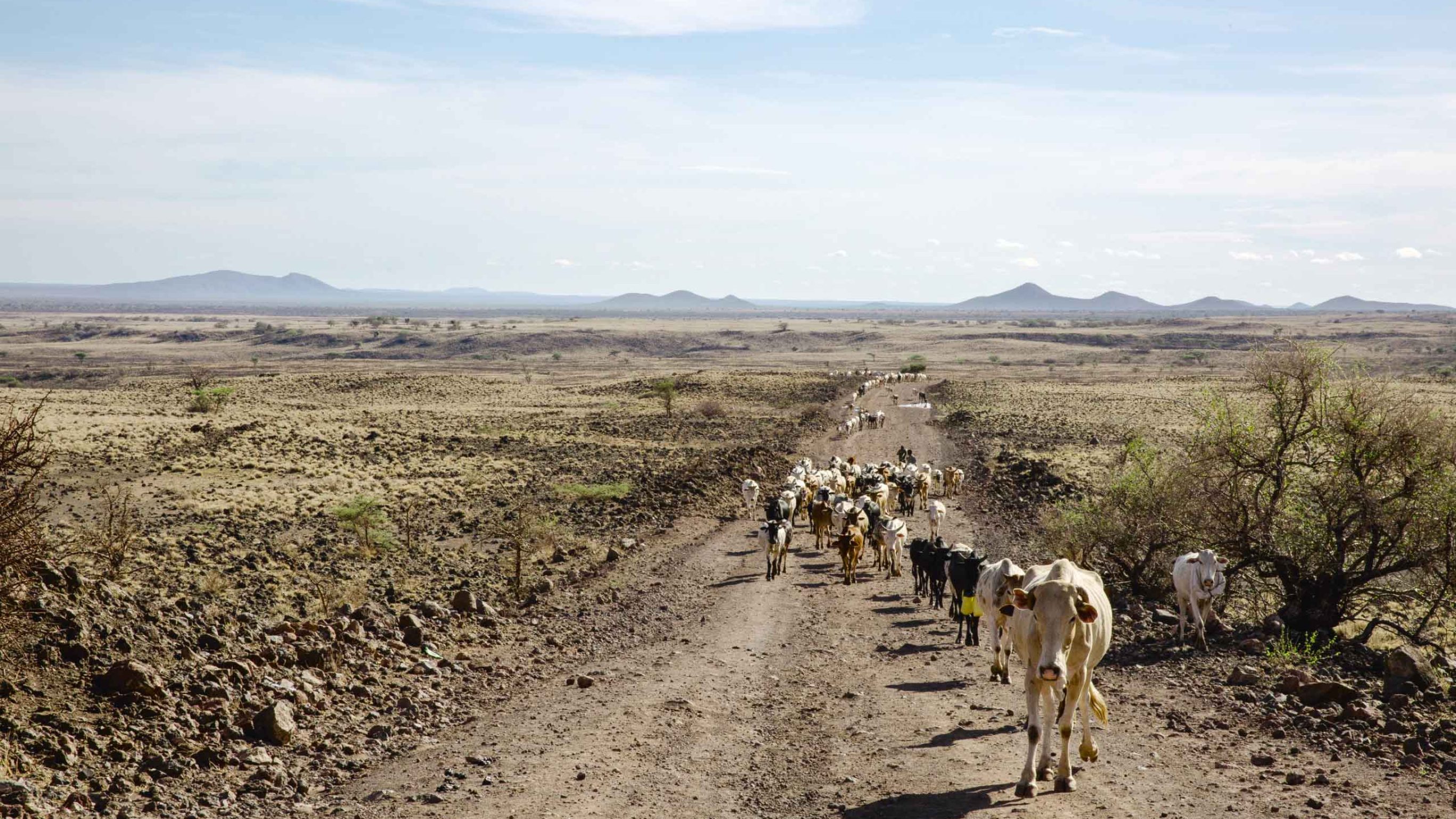


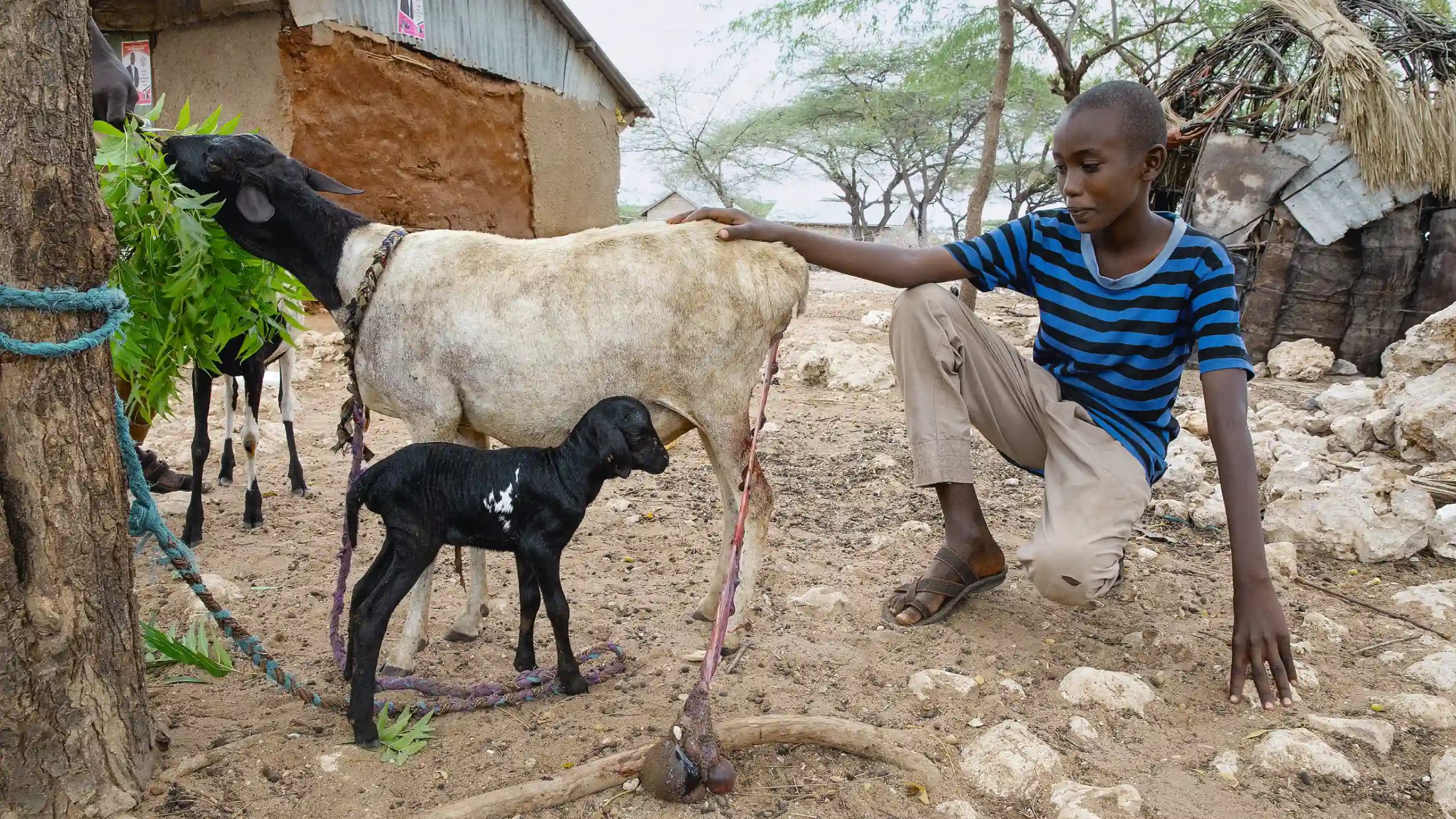
Supplementing tradition with new knowledge
Even though livestock farmers in East Africa and in particular members of pastoral communities have considerable experience and traditional knowledge, there are gaps when it comes to the causes of animal diseases and modern treatments. In particular, they often have limited knowledge of the risks associated with the transmission of diseases from animals to humans, so-called zoonosis. However, this knowledge – together with effective remedies and medicines – is crucial for the healthcare and wellbeing of both animals and humans. If a disease is diagnosed quickly and correctly and treated properly, animal suffering is reduced, the economic losses of small-scale farmers are minimised and zoonosis is limited.
Win-win for all involved
Since the start of 2017, the project partners – local authorities, the veterinary authorities in Isiolo County, Biovision and VSF – have developed a system for the monitoring, reporting and control of animal diseases. Thanks to the reports by the CDRs from local villages, the County Veterinary Service in Isiolo now have information on the incidence of animal diseases in the relevant villages. In particular, if animal epidemics break out, the authorities can act quickly and stop them spreading at an early stage. At the same time, livestock farmers and herders located in these often remote communities benefit from the support of the CDRs. As a result of the training given to the reporters, up-to-date information on animal diseases and the care of animals reaches rural areas.
Dealing with challenges
By all accounts, Muktar Kadubata, a CDR and livestock farmer from Boji is very pleased with his training. “Previously I could not really identify many diseases,” he says. “During the course I learned how to distinguish between the various symptoms, identify individual diseases and take the right action”. Admittedly he recognises the challenges facing the project. “My work is voluntary,” he explains. He has a family to support and so is not always able to devote the required time to his role as a CDR. Similarly, action is also required by the veterinary authorities, e.g. to overcome bottlenecks in medicine supply chain. In addition, local livestock farmers would like vets to have an increased presence in their remote villages. However, the project has made a valuable start. The ball is now firmly in the court of those with local responsibility.
More about the project in our Newsletter No. 46


